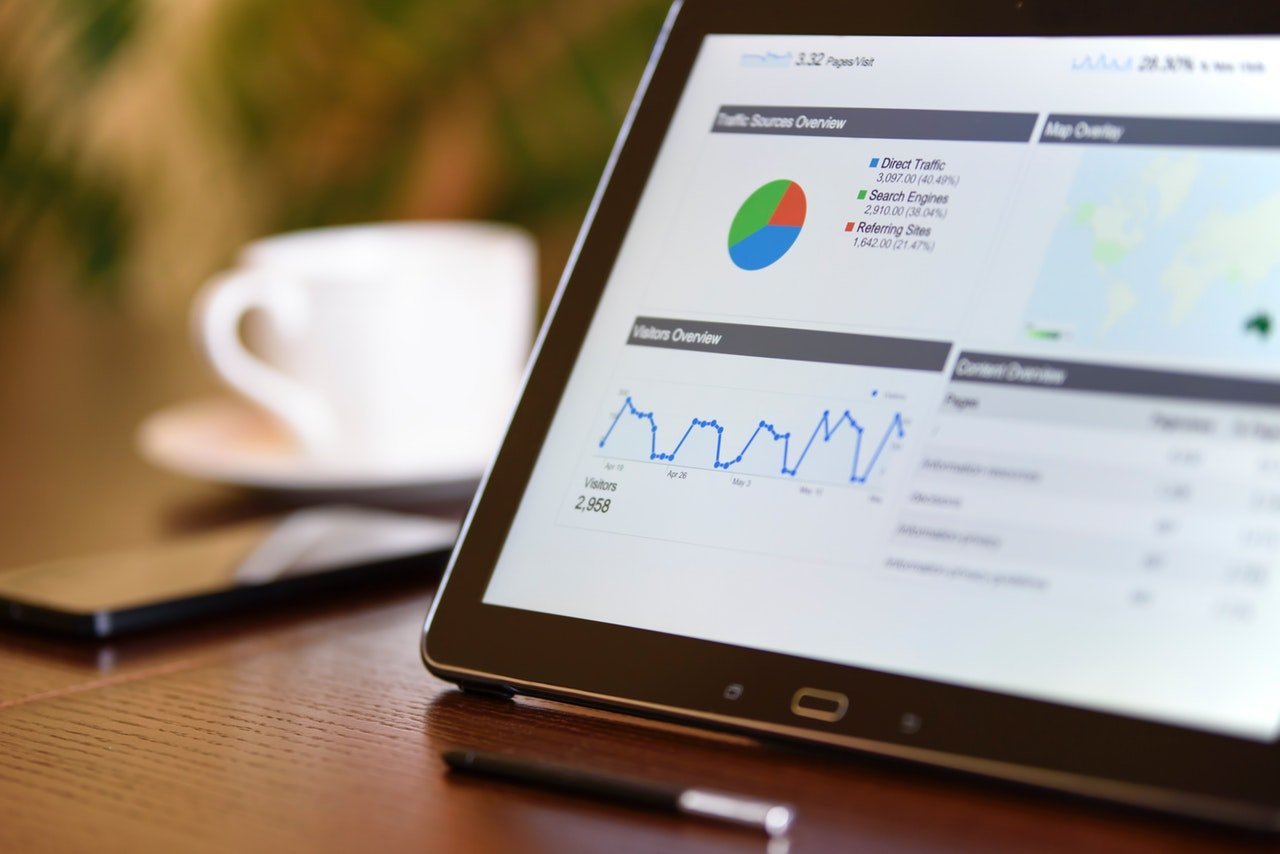Trade shows are an ideal opportunity to maximize the impact of your social media marketing campaign. There is a huge amount of branded content you can create based on your trade show materials – from interviews with presenters, to videos of keynote speeches, exhibits and demo videos, and so much more.
In this article, we’ll discuss some of the best ways that you can integrate social media into your next trade show and maximize the reach of your marketing campaign.
1. Go Live
Facebook Live is a very powerful tool for marketers. All you need is a phone, and a Facebook page to get started. Just go live at the show, and start creating content. You can take viewers on a tour around your exhibition booth, or through the entire trade show. You can also read and respond to comments directly in the app, which is helpful for interacting with your potential customers.
2. Create Plenty of Content During the Show (And Encourage Interactivity)
Do your best to create a lot of content during the show and make posts that are relevant to each day. Scheduling Facebook, Instagram, and Twitter posts is often a good idea. You can come up with posts before the show and automate them so that you don’t have to spend as much time on your social media campaign during the event.
You should also encourage interactivity. Ask customers and followers what they want to see and what they’re interested in! This will make it much easier to make content such as videos and blog posts about the trade show.
3. #Tag #Everything #Properly
You shouldn’t tag your posts with too many hashtags, but it’s a good idea to at least use the official hashtag of the trade show. For example, if you were at CES in 2018, you could #CES2018 in your posts – this will make it easier for people to find the content they’re interested in.
4. Write A Retrospective About the Trade Show
After the show, it’s a great idea to do a round-up retrospective post. You can talk about your own products, demos, and keynotes, as well as everything else that was interesting at the show. This will help position you as a thought leader and give customers an overview of what they missed if they were unable to attend the show.
Use These Ideas to Supercharge Your Marketing Efforts!
These are just a few of the best ways you can use social media marketing to your advantage at a trade show. Got more ideas? Share them in the comments and let us know what you think of our top tips.





